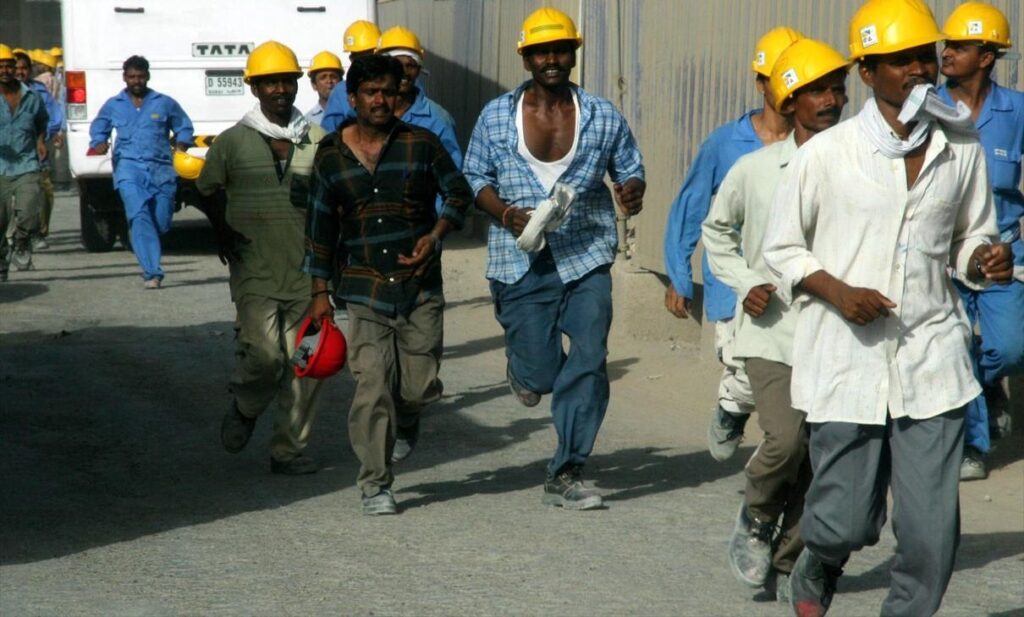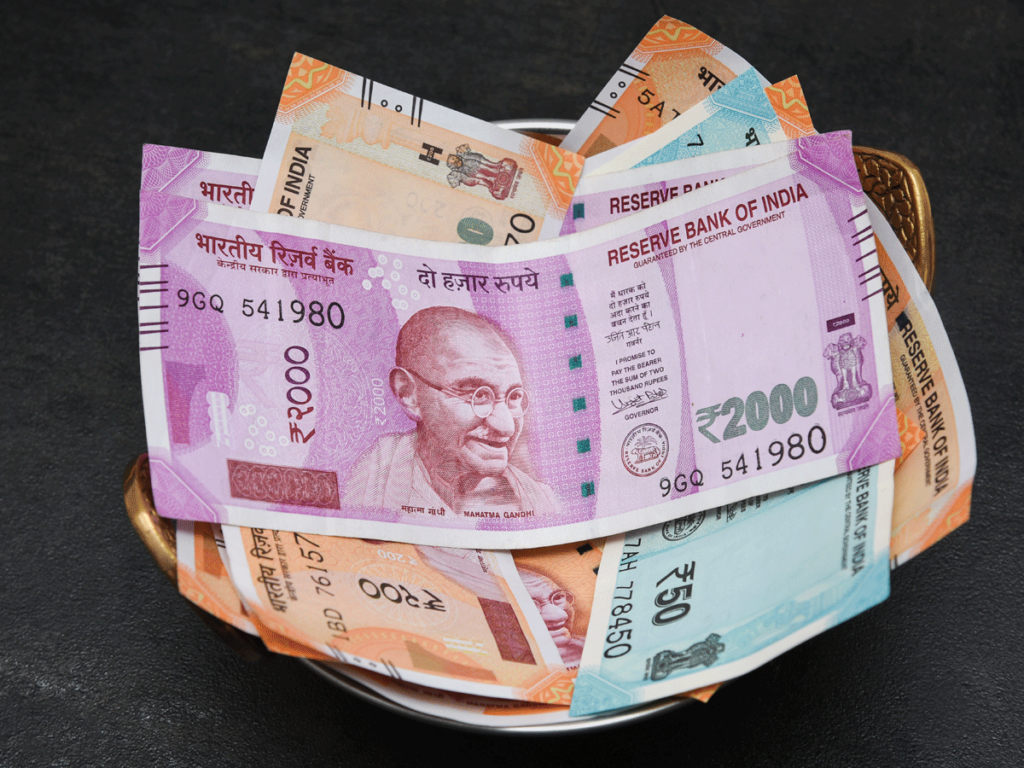Pradeep Kumar Panda
 Theoretically inclined Macro-economists think of an economy in terms of Growth Trends and Cycles, with latter showing peaks and troughs (recessions) of differing severity. The Global financial Crisis (GFC), which some refer to as the US financial Crisis reminded us of the possibility of a third possibility, Depressions, not seen since the Great Depression of the 1920s. The Global Pandemic set off by the SARS COVID19 has brought in a new economic state, a government mandated Lockdown of whole or part of the economy, which requires a rethinking of the different levels of economic distress and how to deal with them.
Theoretically inclined Macro-economists think of an economy in terms of Growth Trends and Cycles, with latter showing peaks and troughs (recessions) of differing severity. The Global financial Crisis (GFC), which some refer to as the US financial Crisis reminded us of the possibility of a third possibility, Depressions, not seen since the Great Depression of the 1920s. The Global Pandemic set off by the SARS COVID19 has brought in a new economic state, a government mandated Lockdown of whole or part of the economy, which requires a rethinking of the different levels of economic distress and how to deal with them.
In the context of India, an emerging market economy, we think of all these in somewhat different way from developed, rich, mature developed economies (DCs). In normal times, the key issue for Indian economy is to maintain growth rate at is potential. India’s equivalent of the DC Recession is a “Growth Recession, which have historically been driven by droughts, but were increasingly driven by oil shocks and demand shocks.
The Indian equivalent of the Depression (or near-depression) is an Economic Crises, like the BOP crisis of 1990-91, the external shock (GFC) induced Growth crisis of 2008-09 and the crisis induced by the SARS COVID19 pandemic. The Growth recession of 2019 was particularly severe and could be described as a Great “Growth recession”.
A completely new element has been added to Crisis management and Crisis handling, by promulgation of Medically driven, Government mandated lockdowns of economic activity. This requires further analysis and refinement of Crisis handling approaches.
What are the lessons learnt from handling Financial crisis & external shocks, with particular reference to India? In this note we try to minimize economic jargon and put these lessons in simple terms that the general public, politicians, media and generalist bureaucrats can understand. This is done by applying a few popular analogies to explain how to deal with the current crisis
There are five basic lessons, aspects and steps, needed to address the pandemic affecting India. (1) Slow and Stop the Pandemic from spreading. (2) Stop the Real Dominoes from falling and setting off a chain of Dominoes, (3) Stop Financial contagion from spreading through the Financial Network and freezing the network. (4) Treat the Welfare-Social aspects as you would a Flood or Tsunami. Move the threatened people to higher ground if possible, help those whose houses, farms & shops have been destroyed, rebuild their houses & livelihoods after its passed. (5) Create the Economic environment for rapid recovery of the overall economy, so that it’s not trapped in low level growth equilibrium for years afterwards:
Dealing with the medical elements of the crisis requires advice from medical experts who know Indian health and are fully up to date on information & knowledge emerging from rest of world.
Spatial separation of people from each other and from those infected with the SARS COVID19 has been the critical element in slowing the spread of the virus. In successful countries like Singapore, Hong Kong, Taiwan, S Korea, Japan this involved widespread use of Masks (outside home). We should not obsess about the quality of Masks, even a homemade mask is better than nothing, though production & distribution of better quality masks must be stepped up. Stopping congregations of people in public, commercial & workspaces and for social interaction is another essential element. Non-family members must compulsorily practice spatial distancing (of 1-3 meters) and wear masks when physically closer, even to friends and colleagues. The third element for slowing transmission was the identification and isolation of infected people in homes or special facilities depending on severity of symptoms. A combination of electronic (mobile phones) and physical (police/administrative checks). And finally, the health infrastructure was geared up by procuring & providing appropriate protective gear to health workers, necessary equipment like ventilators and expanding ICU capacity.
 Lockdowns are a last resort as they have a devastating impact on the economy & economic well being. As “SARS COVID19,” was imported Into India through international travel i.e. was carried by Foreigners or Indians coming from infected countries. It’s therefore a middle class (top 30%) phenomenon. Socio-Spatial distancing is needed in this category. We should be very careful in imposing lockdowns which affect production and trade within the 70% and their interaction with the lower middle class (next 10-15%). Lockdowns must be limited in time & geographical space (e.g. Urban concentrations).
Lockdowns are a last resort as they have a devastating impact on the economy & economic well being. As “SARS COVID19,” was imported Into India through international travel i.e. was carried by Foreigners or Indians coming from infected countries. It’s therefore a middle class (top 30%) phenomenon. Socio-Spatial distancing is needed in this category. We should be very careful in imposing lockdowns which affect production and trade within the 70% and their interaction with the lower middle class (next 10-15%). Lockdowns must be limited in time & geographical space (e.g. Urban concentrations).
It’s clear that the Travel & Tourism, Restaurants, Retail Trade & Entertainment Services industries which involve Contact with other people are most directly affected by the Pandemic. Govt’s Fiscal and other action, has to identify Companies/firms in these sectors, which are fundamentally solvent, from closing and setting off a chain of Closures bankruptcies(Dominoes) This involves suspension of rules & regulations, tax reductions, temporary tax exemptions, permissions to delay tax payments, interest subventions, loan guarantees, quicker payment for services etc. These imperatives and the responsibility of Govt, multiplies manifold, during a Govt mandated lockdown.
The nodes, channels and networks through which real problems translate into financial crises and propagate are well known since the Financial Crisis. The RBI has to provide sufficient short, medium and long term liquidity to ensure that the Banking and other critical financial institutions, all critical markets (e.g. Govt Secs) continue to function smoothly and key instruments which are normally liquid and widely used, remain largely so. RBI also has to identify borderline institutions and devise specific measures to ensure that they don’t collapse and set of contagion, and systemic failure.
In this context, Real Repo rates are a very important tool for signaling & giving confidence to solvent financial agents, that the RBI will do whatever it takes to ensure system stability. They must be negative for duration of crisis. This is also the best (rational and easiest to implement) way to provide a cushion to solvent borrowers, including cash strapped ones. In this time of Govt mandated lockdowns and pandemic related shutdowns.

Contract workers in services facing Direct demand collapse and self-employed (street vendors, hawkers etc.) associated with them. As is well known by know, the most directly affected services are Travel(Air, rail, bus) and Tourism, Hospitality (hotels & restaurants), Retail, Entertainments. The key lesson is that help must be targeted to those directly affected. Expending highly limited Government resources/funds on poor people or workers in other sectors and geographies is not just pointless but socio-politically harmful.
Those Households in which a member is affected by Coronavirus infection, can easily be given an additional cash transfer for meeting normal expenses. For the rest of the poor and lower middle income ones affected by broader Pandemic crises and/or lockdown, the States must quickly invite all affected people to register for assistance with details of their Aadhar, Voter ID, mobile & bank account details, work type & place. A simple form can be devised which can be filed through multiple channels; By email, at a digital portal or at a Ration shops. These can then be provided Direct Cash transfer for duration of Crises/ Lockdown.
The speed and extent of recovery from crisis depends critically on the policy & institutional changes made during and after the crisis. Those countries which have used crisis as an opportunity to reform policies which were slowing growth, even before the crises, have recovered relatively quickly and in a more sustained way. The Indian Economy was at the bottom of U (~5% GDP growth) before the pandemic. The pandemic could push it even lower. It’s imperative to re consider the policies that we have suggested in the light of the new threats and opportunity and to reprioritize them for urgent action.
A lockdown is a complete Government mandated shut down of economic activity (with exemption for “essential goods & services”, like food & beverages & Pharmaceutical products and health services). This is a crisis event the World has never seen before. World Wars have seen a massive redirection of economic activity towards war fighting but never an almost complete shutdown of production. If 90% of production is shut, this means an end to the profits, wages and rents earned and the consumption of these products. All those who earned their income from the locked-down sectors, have to use their cash/liquid savings (SB acts, current acts) to by essential commodities produced by the remaining 10%. The latter continue to earn income, but won’t have anything to buy besides essential commodities, and will therefore become net savers of cash.

The longer the lockdown lasts the more Households in the Lock-down sectors will run out of cash and fixed deposits. Even those which have other assets like bonds and equity, will become poor rapidly given the collapse of asset prices in the markets. It therefore become imperative for Government to identify these marginal households on a real-time basis and keep increasing the Direct cash transfers to the affected households. This can rapidly extend from the conventionally poor to the lower middle class in the lock-down geographies/sectors, particularly in sectors which were already stressed and cash starved.
During a crisis Govt’s emergency action has to be targeted at affected workers, firms, industries & sectors, as best as possible, without obsessing about leakages; Nor do we have the luxury (unlimited funds) of indulging our pet schemed, issues & approaches (e.g. UBI, NIT, tax reduction for salaried, Uniform GST, MNREGA, MSP), which may be very relevant for normal times. The second order of business is for Govt to put those Institutional/administrative and policy reforms in place which will lead to rapid recovery of GDP growth to its Full Potential. The human tragedy of crisis must be dealt with first and foremost, but a Crisis is a terrible thing to waste, from the perspective of a sustainable fast growth and sustained Welfare improvement.
(The author is a New Delhi based Economist)




























